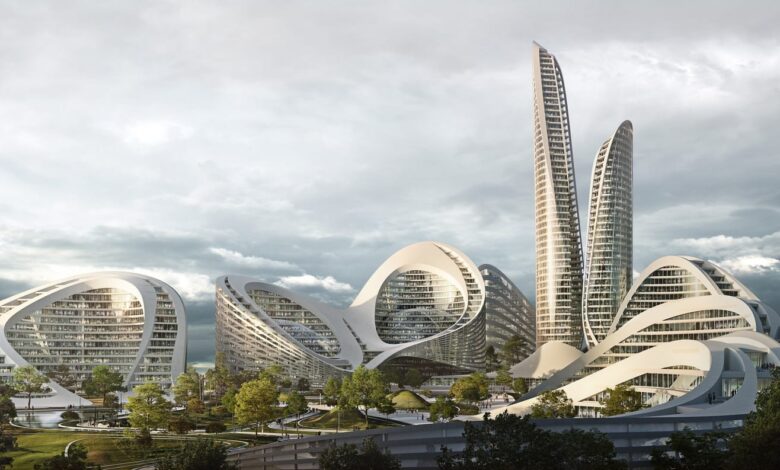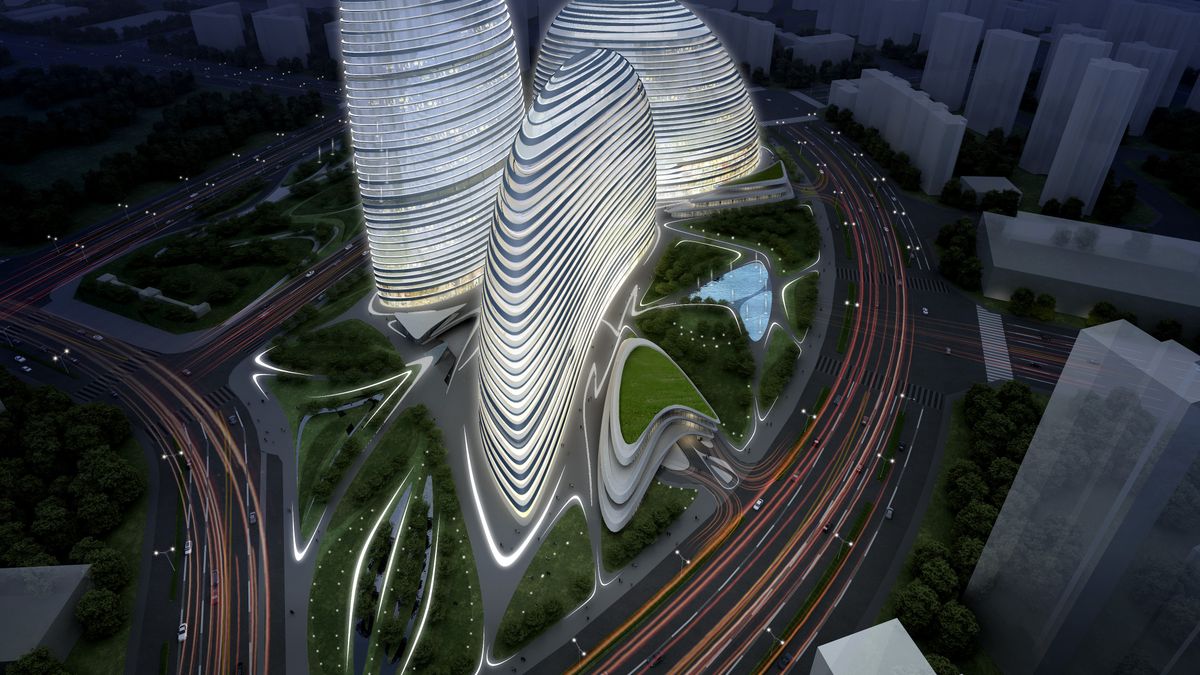Smart Cities and Architecture: Designing for a Networked Future

As technology expands exponentially, cities all over the globe are hastening toward a new age of transformation. The focal point of transformation is smart city philosophy, in which urban planning for cities, constructing them, and digital engineering unite to create more efficient, greener, and human-centered cities. Smart city construction is not a trend; it is a vision for the future—a future with technology, buildings, and human existence existing together.
The Role of Architecture in Smart Cities
Architecture today is not only about design; it’s about building systems and technology combined with sustainability and human requirements. For instance, smart buildings with sensors can control lighting and temperature, reducing energy consumption and keeping individuals more comfortable. Green roofs and green materials, on the contrary, reduce environmental imprints, and therefore smart cities become efficient and sustainable.
Technology as the Pillar of Connectivity
It is connectness that drives smart cities. Whether Internet of Things sensors monitoring air quality or smart grids managing energy distribution, it is all core technology. Even civic buildings such as transit hubs, bridges, and parks can be given digital solutions now in an attempt to improve safety, efficiency, and access. The architecture, therefore, must change to accommodate such innovations into its fabric.

Design for Well-being and Sustainability
Besides connectivity, the other pillar of smart city planning is sustainability. Architects today are putting emphasis on renewable energy, water-conserving systems, and climate-resilient buildings. Well-being is also entering into design elements into consideration, including open green spaces, pedestrian-only planning, and biophilic space bringing human beings close to nature. All these make cities not just smart but humane and inclusive too.
Challenges and Opportunities Ahead
And yet, smart city transformation does not happen overnight. Cyber attacks, data privacy issues, and discriminatory access to technology all exist and must be mitigated. But these challenges also create an opportunity for architects, engineers, and urban planners to come together and create innovative solutions. Planning for smart cities can be a blueprint for responsive, flexible, and human-scaled cities by using foresight and active citizen participation.
Conclusion
In its broadest sense, smart cities and smart architecture are creating the networked world. Using technology, sustainability, and people-centric design, architects can reinvent the way cities operate and citizens live. As the planet continues to urbanize, those cities embracing this vision will be at the forefront—initiating a new era of architecture that’s smart as much as it is empathetic.
